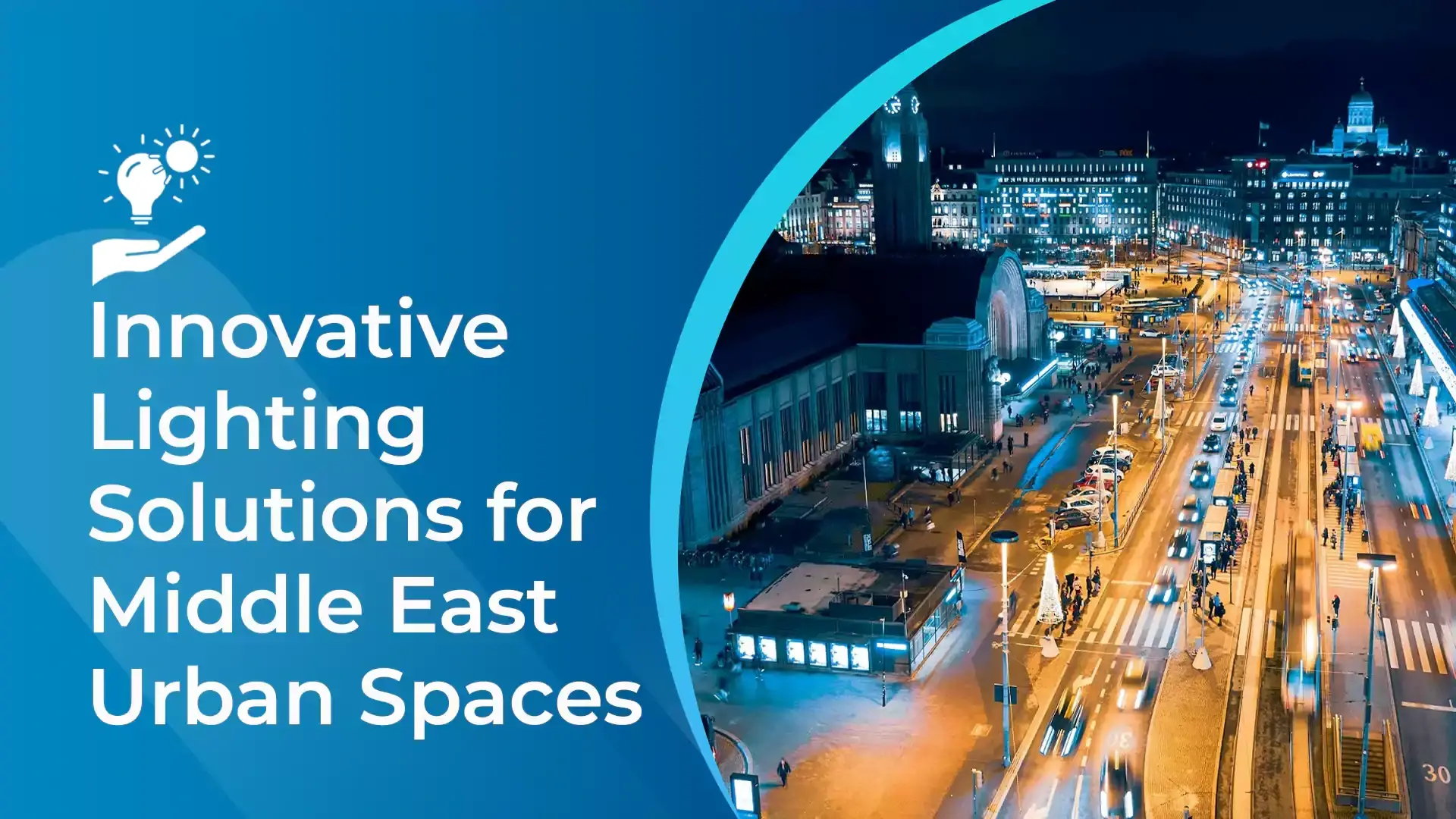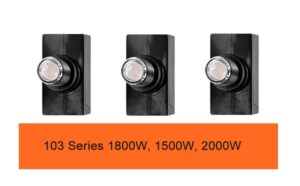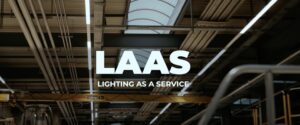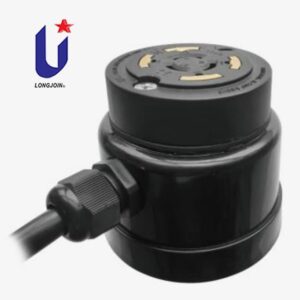Long-join JL-207C/JL-205C Photocells: Providing Cost-Effective Smart Lighting Solutions for High-Risk Environments in the Middle East
Introduce
The Middle East is growing fast. It has tall towers, oil refineries, big factories, and wide, modern cities across the region today. Lighting in these areas does more than light a path. It helps protect workers, residents, and infrastructure. Traditional lighting systems struggle in harsh climates and dangerous conditions. That often means high maintenance costs and poor, unreliable performance.
This article shows how Long-Join’s JL-205C and JL-207C photocells solve these challenges. They are affordable, tough, and save energy reliably. These products use advanced photocell lighting sensors to boost safety and cut costs. They support sustainability goals across the Middle East.

Why Do High-Risk Environments in the Middle East Need Specialized Lighting?
High-risk places include high-rises, oil refineries, and chemical plants. They face unique challenges.. Extreme heat and dust storms. Chemical exposure too. Lighting must stay reliable, efficient, and safe on site.
At an oil refinery, lighting cannot go down. Poor light can harm worker safety and raise the risk of accidents. High-voltage towers need lights that cut manual upkeep. Sending crews up often is risky and expensive, so systems should reduce frequent repairs.
Environment | Key Lighting Need | Why Specialized Solutions Matter |
High-rise buildings | Reliable illumination at extreme heights | Safety of residents and workers depends on it |
Oil refineries | Explosion-proof, consistent lighting | Harsh conditions with flammable materials |
High-voltage towers | Long-life, low-maintenance photocells | Maintenance is costly and dangerous |
Chemical plants | Dust-proof, waterproof lighting | Exposure to hazardous elements requires sealing |
With light photocell sensors, lights adjust to daylight on their own. This saves energy and keeps areas well lit and safe, maintaining visibility always.
What Are the Limitations of Traditional Lighting Systems?
In the Middle East’s high-risk areas, older lighting systems struggle. Weaknesses are clear. Many still use manual controls or old switches. That keeps lights on in daylight and wastes energy needlessly every single day. Also, fixtures without photocontrol receptacles or photoelectric sensors wear out fast. Desert heat speeds damage.
By contrast, photocell control technology runs lights from dusk to dawn. They cut waste and keep workers out of danger.
How Do JL-207C and JL-205C Photocells Provide a Solution?
The JL-207C and JL-205C photocells are engineered for durability and efficiency. Their photo switch sensors detect ambient light and adjust automatically. This ensures lights run only when needed.
Key Features of JL-207C/JL-205C Photocells
Feature | JL-207C/JL-205C Advantage |
Dust-proof and waterproof | IP65-rated for desert and industrial use |
Wide voltage range | Supports 110–277V systems common in the region |
Energy efficiency | Up to 35% reduction in wasted energy |
Long service life | 5+ years average operational reliability |
Easy installation | Compatible with NEMA sockets and receptacles |
These advantages make them ideal for street lighting outdoor systems, industrial complexes, and skyscraper lighting grids.
How Adaptable Are JL-207C and JL-205C in Extreme Conditions?
Adaptability is where Long-join’s photocell sensors shine. Unlike generic switches, they’re designed for:
- High dust resistanceduring sandstorms.
- Waterproof sealingagainst heavy rainfall and humidity.
- UV protection, preventing material breakdown from intense sunlight.
For example, in Saudi Arabia’s industrial zones, standard lighting often fails within months. By contrast, Long-join’s photocells continue operating consistently, thanks to robust sealing and advanced material selection.
This adaptability ensures not only reliable performance but also reduced replacement cycles—cutting long-term operational costs.
Where Can JL-207C/JL-205C Photocells Be Applied in the Middle East?
These photocells work for more than one kind of project. They fit many uses and sites across the Middle East as well. The lights turn on at dusk. They turn off at dawn for true 24/7, hands-free reliability. It could be a tall tower or a busy refinery. It could even be the roads that connect cities. They keep lighting safe, reliable.
In desert regions, sand and heat often cause regular lighting systems to fail quickly. JL-207C and JL-205C units keep running. They are built to handle these very tough conditions well. For city planners, this means safer streets. It also means less money fixing broken lights. For companies, it means keeping workers safe without having to constantly send people to dangerous spots just to change bulbs.
Now, let’s look at one of the most common ways these photocells are being applied.
How Do They Enhance Safety in Industrial Areas?
Industrial areas such as oil refineries and chemical plants demand robust photoelectric sensors. Here, the JL-207C/JL-205C excel:
- Automatic activationin low-light conditions boosts worker safety.
- Explosion-resistant housingreduces ignition risks.
- Reduced maintenancelimits worker exposure to hazardous areas.
Industry Example | Traditional Lighting Cost (Annual) | JL-207C/205C Cost (Annual) | Savings % |
Oil Refinery | $120,000 | $85,000 | 29% |
Chemical Plant | $75,000 | $54,000 | 28% |
By switching to Long-join’s photocells, industrial operators achieve both safety assurance and cost savings.
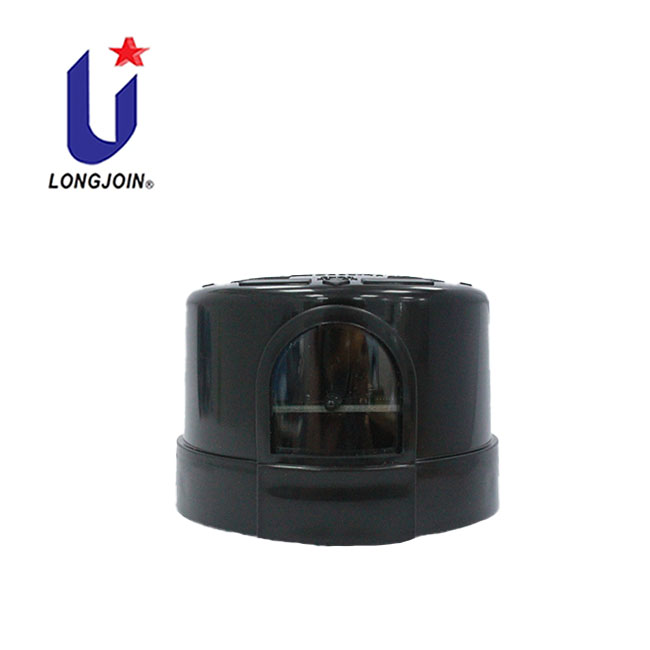
What Are the Economic and Energy-Saving Benefits?
People hear about smart lighting. They often think it costs more money, too. In truth, these photocells aim to cut costs and save energy. They keep working steadily over time. They help buildings, factories, and even cities lower their electricity bills while keeping lights working safely. Pay a little more at the start. Then spend far less each month after. That is the big advantage.
These savings mean less wasted energy. That’s better for the environment we share. In hot regions like the Middle East, using less energy really matters there. It eases the load on busy power grids. That way, everyone benefits.
How Do Initial Investments Compare with Long-Term Benefits?
Though installing advanced photocell street light sensors may require higher upfront costs, the payback is rapid. Long-join’s JL-207C/JL-205C products reduce replacement frequency and energy waste, resulting in noticeable long-term savings.
What Data Supports Their Energy-Saving Performance?
According to field studies in the UAE and Qatar, Long-join’s photocells cut energy consumption by up to 35% annually compared to conventional systems. Over five years, this equates to millions saved across large-scale urban projects.
Metric | Traditional Lighting | JL-207C/JL-205C | Savings |
Average Energy Use (kWh) | 1,000,000 | 650,000 | 35% |
Maintenance Cycles (Year) | 6 | 2 | 67% |
Operating Cost (5 Years) | $2.5M | $1.6M | 36% |
Conclusion
Middle Eastern high-risk sites need more than generic lights. They need systems built for durability, efficiency, and safety. Long-Join’s JL-207C and JL-205C photocells deliver these benefits. They pair dusk-to-dawn control with tough weather protection and real cost savings.
These solutions cut risk and cost for building owners, industrial operators, and cities. They set a cleaner, greener path ahead. Long-join is a trusted maker of photocells. Its technology supports smart, energy-efficient lighting. It fits the region’s future and the needs of modern, intelligent systems well.
External Links:
●https://en.wikipedia.org/wiki/Photoelectric_sensor
●https://ev-lectron.com/blogs/blog/nema-connectors-the-guide-to-nema-plug-types?srsltid=AfmBOop-k1VXn1B9PQ9rBYwH7bvwFj3-fwZDQPHRDEZZtiiQx3MWhCgB
●https://task61.iea-shc.org/Data/Sites/1/publications/IEA-SHC-Task61–Technical-Report-D1-Literature-Review.pdf

